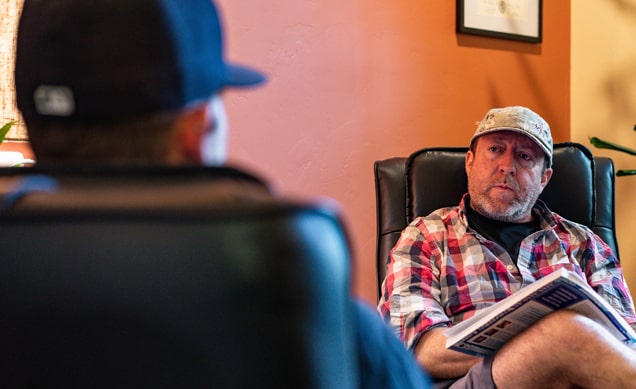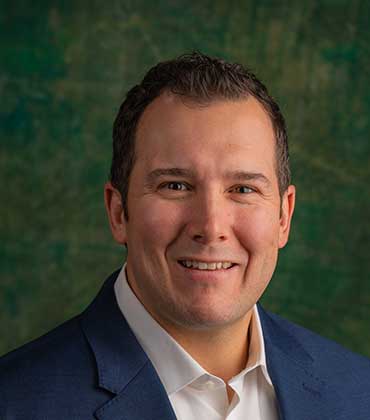Thinking about checking into rehab? That’s a big step, and honestly, it’s one of the best things you can do for yourself. But if you’re feeling a little nervous about what’s ahead, that’s totally normal. A lot of people worry about what the day-to-day will look like, what they’ll be doing, and even what to pack. The good news? You’re not walking into the unknown. Short-term inpatient rehab is structured, supportive and designed to get you back on your feet as quickly as possible.
Jaywalker has helped many men make this transition and the more you know going in the better. Let’s break it all down so you can feel ready and confident as you start this journey.
What a Typical Day Looks Like






Therapy and Treatment: What’s in Store?
You’ll hear this a lot—therapy is where the real work happens. Rehab isn’t just about quitting drugs or alcohol; it’s about understanding why you started in the first place and how to stay clean long-term.
- One-on-One Therapy: You’ll meet with a therapist to dig into personal struggles, trauma and mental health concerns. They’ll help you recognize patterns and develop better ways to handle stress.
- Group Therapy: Talking with others who get what you’re going through is powerful. You’ll share experiences, give and receive support and build connections that remind you you’re not alone.
- Holistic Therapies: Many rehabs offer things like yoga, meditation, art therapy or exercise programs. These activities help you heal in ways that go beyond just talking about your addiction.
- Family Therapy: If relationships with family have been strained, some programs offer sessions to help rebuild trust and communication.
- Relapse Prevention Training: Learning how to recognize warning signs and cope with cravings is essential for long-term sobriety. Many programs include specialized workshops to help you prepare for life after rehab.
Packing for Rehab: What to Bring (and What to Leave at Home)
Essentials:
- Comfortable clothes (enough for a week or so—laundry is usually available)
- Sneakers and any other needed footwear
- Toiletries (but nothing with alcohol in it)
- Any prescribed medications in original bottles
- A journal or notebook
- Books (some rehabs have restrictions on content, so check ahead)
- Insurance information and a valid ID
- A list of emergency contacts
What to Leave Behind:
- Anything with alcohol or drugs in it
- Electronics like laptops or tablets
- Too much cash or valuables
- Clothing with drug/alcohol references
- Outside food, drinks or supplements unless approved
Preparing Mentally and Emotionally
What Happens After Rehab?
Rehab is a big step but it’s not the finish line. Before you leave you’ll work with your team to come up with a solid aftercare plan. That might include:
- Outpatient treatment or continued therapy
- Sober living options
- Support groups like AA or NA
- A relapse prevention plan
- Regular check-ins with counselors or mentors
- Finding new hobbies and social circles that support sobriety
Jaywalker makes sure the men in our program don’t walk out those doors without a plan. Recovery doesn’t stop when rehab ends—it’s an ongoing process and having the right support system in place makes all the difference.
Ready to Take the First Step?

If you’re thinking about rehab you’re already on the right track. Short-term inpatient programs give you the space, tools and support to make real changes in your life. It’s not about “fixing” you—it’s about helping you heal, grow and build a life you don’t want to escape from.
Jaywalker has seen countless men turn their lives around and you can too. If you’re ready don’t wait. Reach out today and take that first step towards a better, sober future.






